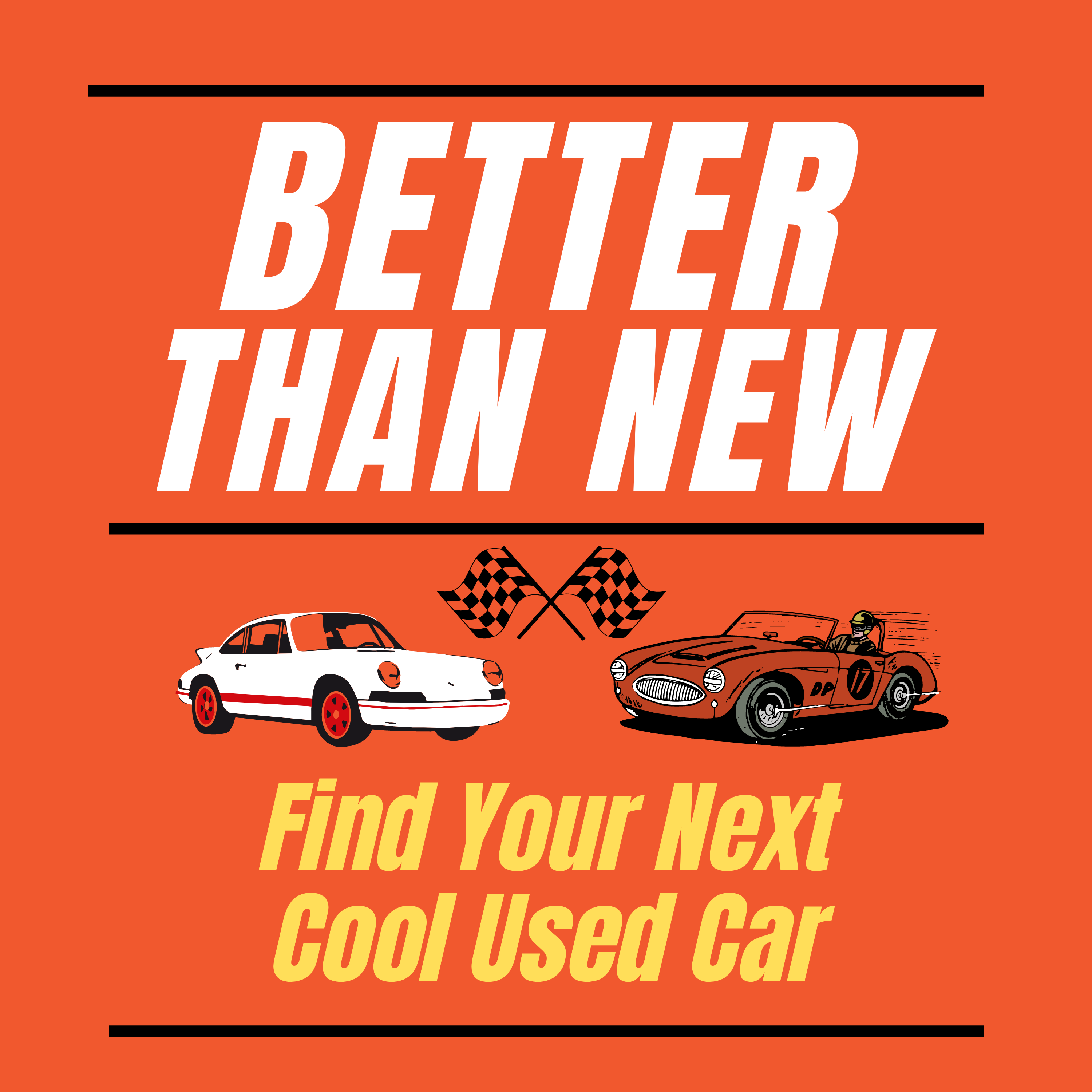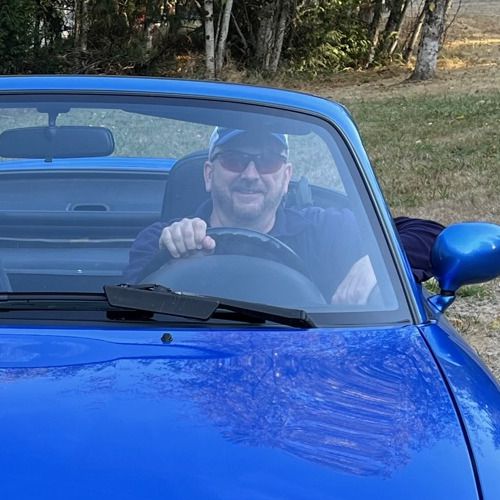Why You Need A Cheap OBD2 Scan Tool For Your Car
00:00 - Better Than New BONUS SEGMENT: Why You Need a Cheap OBD2 Scan Tool
And the subject of today’s Bonus segment is… an OBDII scan tool. Or more specifically, my pitch to you that you should have at least an inexpensive one so you can quickly check trouble codes and stay on top of your car or truck’s operating condition.
00:45 - What is OBD2?
OBD2 or On Board Diagnostic Two is a diagnostic system built into every passenger vehicle sold in the US since model year 1996 that allows a mechanic (or you) to interface with sensors in your vehicle that monitor the working condition of the components in the Powertrain, Chassis and Body of the vehicle
01:10 - What Is An OBD2 Scanner?
It is a palm or tablet-size electronic device used to read OBD2 engine and drive train trouble codes. It works by plugging into the DLC or “Diagnostic Link Connector”, which is a universal 16-pin connector found typically under the dash on the driver’s side of your vehicle.
01:30 - What Can An OBD II Scanner Do For You?
When a Check Engine Light or other warning light illuminates on your dash, you can use an OBD2 scanner to check for trouble codes to get an idea of what’s wrong with your vehicle. Codes for will start with a P, C, B or U, followed by a series of numbers.
- Codes that start with a “P” are for the powertrain (engine, transmission, ignition, emissions and fuel system)
- Codes that start with a “B” are for body components (airbags, seat belts)
- Codes with a “C” are for chassis components (brakes – ABS, brake fluid, etc.
- Codes that start with “U” (which means undefined) covers anything that doesn’t fit in the other 3 code categories.
After the Letters P,C,B or U will be a series of numbers that indicate the specific issue.
Sometimes a check engine light indicates a major issue and at other times a code indicates a problem that needs to be fixed, but doesn’t require immediate attention. Once you know the exact code(or codes), you can search online to find out what that code corresponds to so you can determine if you can fix it yourself or not.
If you can make the repair yourself, then use the scan tool after you complete the repair to erase the trouble code(s) before driving your vehicle. If the code comes back again, that’s an indication there may be something else wrong.
03:00 - Two Examples of How An OBDII Scanner Can Save You Time And Money
Toyota Highlander - O2 Sensor Code
- My 2009 Toyota Highlander had a O2 sensor code (P0151)
- Using an OBD2 scanner, I was able to determine which sensor was defective
- Based on that info, I bought a new O2 sensor and replaced the faulty one myself
- Doing the repair myself cost less than $100 dollars.
- A repair shop would have charged between $350 and $400
Audi Wagon - Engine Misfire Code
- Recent while running an errand, my Audi wagon developed an engine vibration.
- I assumed it was a coil, a spark plug or a fuel issue
- When I returned home, I used my inexpensive scanner to check for engine codes
- There was one code (P0303) which is a cylinder 3 misfire.
- Typically that code indicates a bad spark plug or coil, so I bought both locally
- I replaced the spark plug and coil myself in less than an hour
- The car started and ran fine and I deleted the code using the scanner
- The local German repair shop wanted to charge at least an hour for labor ($180 + 10% tax), plus parts, which were going to be about $65, with a total of about $265.
- Total cost for parts to do this repair myself was about $30, plus my time.
08:10 - Which OBD2 Scanner Should You Buy and How Much Will It Cost?
- Inexpensive, yet durable scanners like my Ancel AD310 are about $25 online
- Expect to pay about $40 for an inexpensive one at your local auto parts store
- You can pay a lot more for a more sophisticated scanner, but an inexpensive $25 model is worth buying so you can easily check trouble codes at home.
09:30 - WRAP - Bottom line: A cheap OBD2 Scanner Can Save You Time and Money


